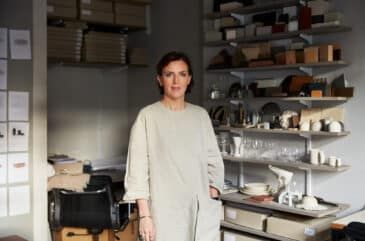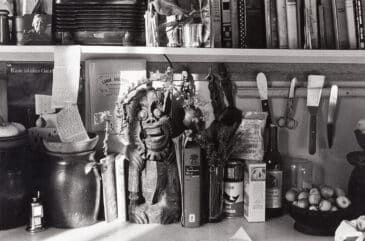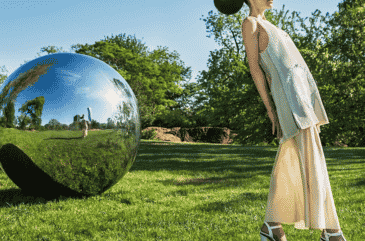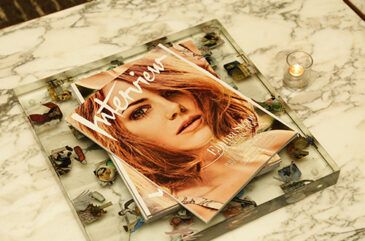With Frieze London underway, the art world has fully descended on Regent’s Park in order to view this year’s most talked about presentations ranging from a massive outdoor Richard Serra installation to Jeremy Herbert’s highly buzzed about underground chamber exhibition (literally, it’s underground). And while the art is blue-chip and the crowd is glitzy, it doesn’t necessarily offer a uniquely London experience. The corrective? How about a visit to an idiosyncratic and highly personal London house museum? These small-scale gems were once private residences, whose contents, collections and inspired interiors are now open to the public. From the stately Wallace Collection — one of the largest French painting and porcelain collections in the world — to the modernist 2 Willow Road — whose architecture inspired the home of James Bond villain Goldfinger — you’ll come away with a new appreciation for London’s diverse design history, and lots of cocktail chatter for when you return to the tents.
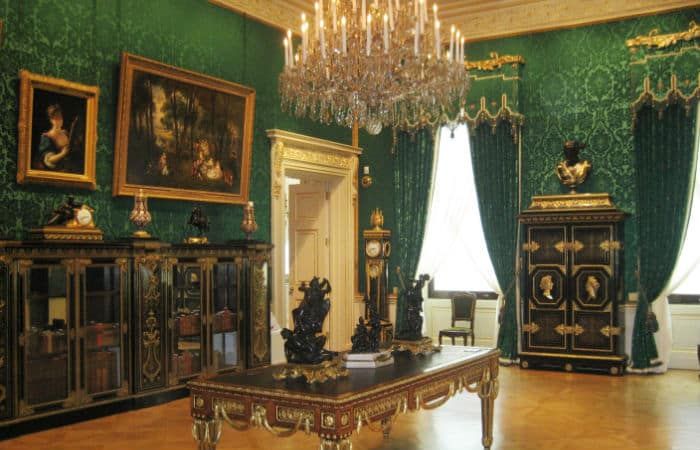
The breadth of the Wallace Collection (Hertford House Manchester Square, wallacecollection.org) is truly awe-inspiring when you consider that it was accumulated by a sole private collector. Housed in the stately Hertford House, off Manchester Square, the museum is presented very much like you are visiting an intact private home. Bequeathed by the widow of Sir Richard Wallace in 1897, this collection’s donation came with the stipulation that everything remain together. Because of that, expect nearly 5,500 objects on view, including a notable abundance of 18th century French paintings, Sèvres porcelain and French furniture. There are some serious masterworks on view, too, including two paintings by Titian, five Rembrandts, nine Rubenses and four Van Dycks.
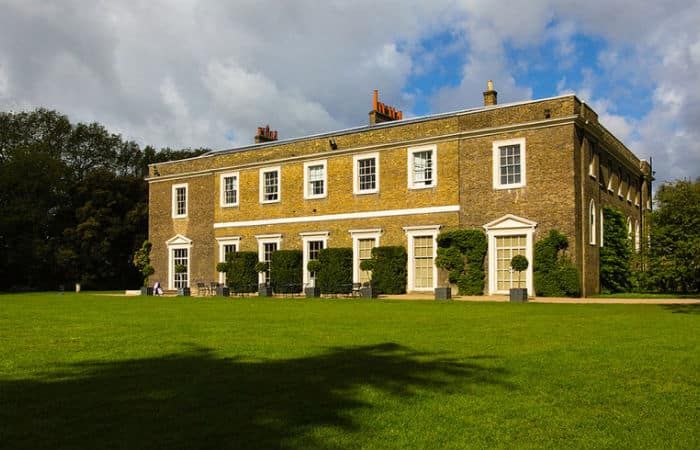
Home to the Bishop of London beginning around 700 CE, this palace was used as the Bishop family’s summer home (Bishop’s Ave, fulhampalace.org). Within its walls, one may find grand portraits of past residents, coins and pottery from ancient Rome and a particularly interesting archaeology exhibit highlighting finds from the grounds. The true treasure here, though, is the walled garden, which includes a collection of rare trees like a 450-year-old evergreen oak. Unlike an art fair, visitors are encouraged to bring a picnic and enjoy the grounds.
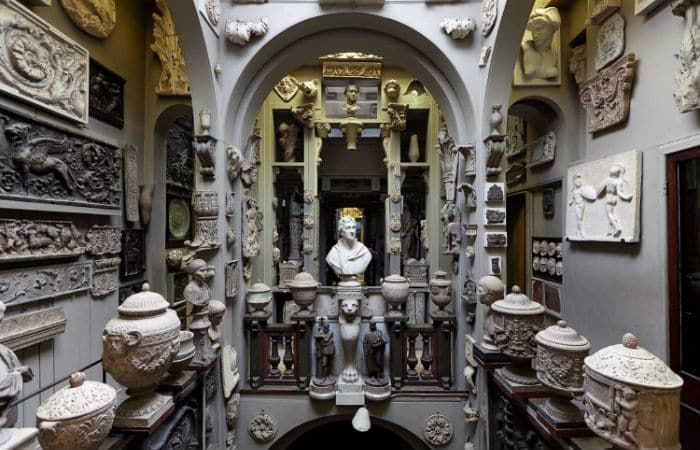
Step into famed 19th century Neo-Classical architect Sir John Soane’s — best-known for building the Bank of England — private world by visiting his London home turned museum (13 Lincoln’s Inn Fields, soane.org). Sure there are plenty of drawings and models of Soane’s various projects here, along with paintings, drawings, and antiquities that he collected over the course of his life, but the real pleasure in visiting this space is getting to see some of the early architectural influences on the Bank of England. At the rear of the house, for instance, a few of the most famous spaces in the home — the Dome Area, Colonnade and Museum Corridor — give visitors a sense of Soane’s ideas on how to best incorporate natural light into a structure.
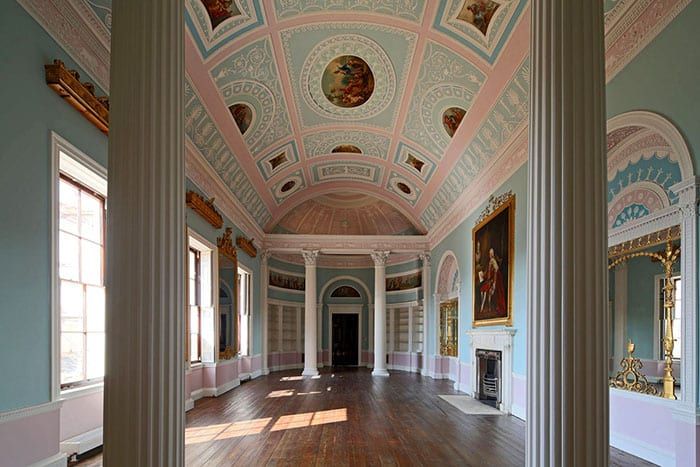
Kenwood House’s (Hampstead Lane, english-heritage.org.uk) last owner, Lord Iveagh, was a prolific collector of Old Master and British paintings. What to expect? Masterworks by Joshua Reynolds, Pieter van den Broecke, Johannes Vermeer and a spectacular collection of late works by Rembrandt. Aside from the art, the library is the star of the home. It’s tricked out in cherub pink and baby blue woodwork, and includes 19 ceiling paintings by Antonio Zucchi. The home’s impressive garden also should not be missed, as it features sculptures by Barbara Hepworth, Henry Moore, and Eugène Dodeigne.
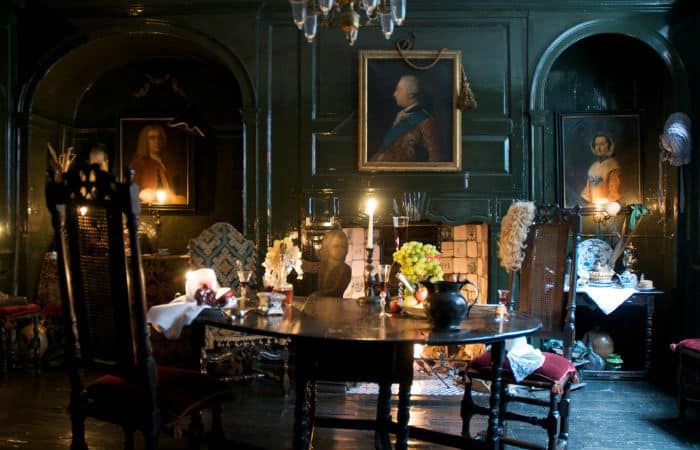
American-born Dennis Severs created what is now often cited as the most famous time capsule in the world when he set about refurbishing a 1724 Georgian house in the East End of London in 1979. That home, now known as the Dennis Severs’ House (18 Folgate Street, dennissevershouse.co.uk) offers the most unique take on home decor in London. Each of the home’s ten rooms were refurbished in a different historic style — predominately of the 18th- and 19th-centuries — and the house tells the story of the fictional Jervis family, silk weavers who lived in the house from 1725 to 1919. Rooms are arranged as if they are still in use by the family, or as Severs called his approach “still-life drama.” Visiting on Monday night for the popular candlelight tour is a particularly special treat.
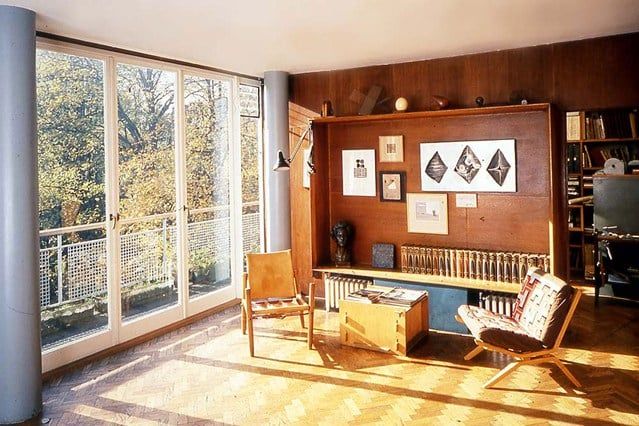
Take a break from visiting 19th century manors, and pay a visit to one of the most famous modernist apartments, 2 Willow Road (2 Willow Road, nationaltrust.org.uk) designed by architect Ernő Goldfinger (yes that James Bond villain was named after him). Completed in 1939, the apartment complex was spatially modeled after 18th- and 19th-century London terrace houses, but uses modern materials and details that take a few cues from Le Corbusier. Goldfinger himself designed much of the furniture in the home, and the house also contains a significant collection of 20th-century art by Bridget Riley, Marcel Duchamp, Henry Moore and Max Ernst.
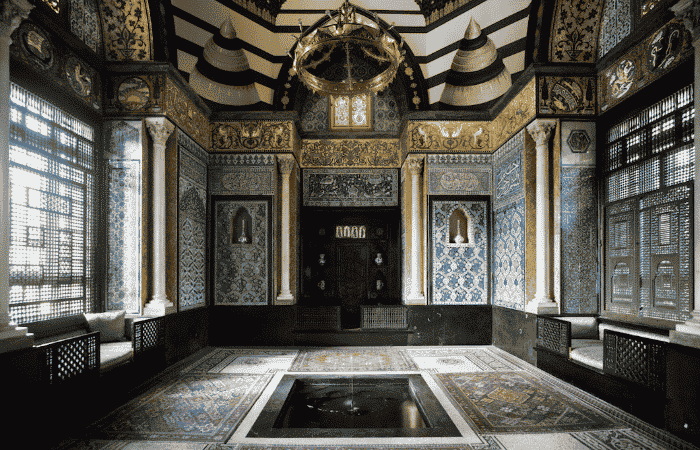
A spectacular homage to Orientalist decor, the former house of painter Frederic Lord Leighton (12 Holland Park Rd, leightonhouse.co.uk) is a must-stop on your tour of the great homes of London. The spectacular Arab Hall — replete with more than 1,000 Islamic tiles — was modeled after a 12th-century Sicilian-Norman palace in Palermo, and has been used as a backdrop in films like Wings of the Dove. Other notable highlights in the home include many of Leighton’s own paintings, displayed amongst Victorian works by the likes of John Everett Millais, G. F. Watts, and Lawrence Alma-Tadema.
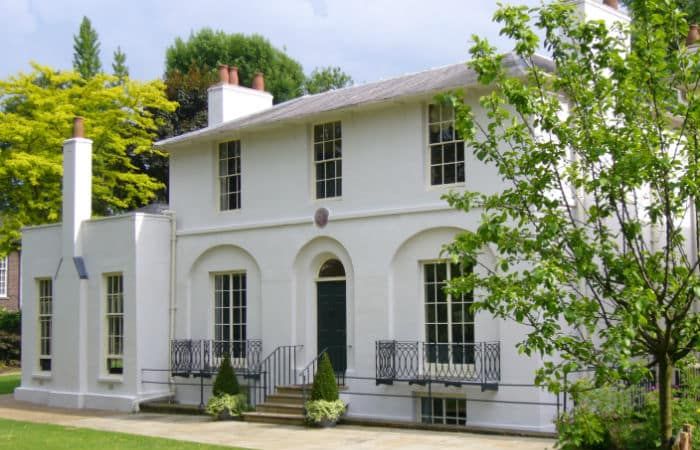
19th-century Romantic poet John Keats spent some of his most productive years living in Hampstead, London, in what is now known as the Keats House (10 Keats Grove, cityoflondon.gov.uk). According to legend, “Ode to a Nightingale” was written under a plum tree in one of the property’s gardens. Artifacts on display in the house include the engagement ring Keats gave to Fanny Brawne and a copy of Keats’ death mask. The museum runs regular poetry and literary events, so be sure to check the calendar.

